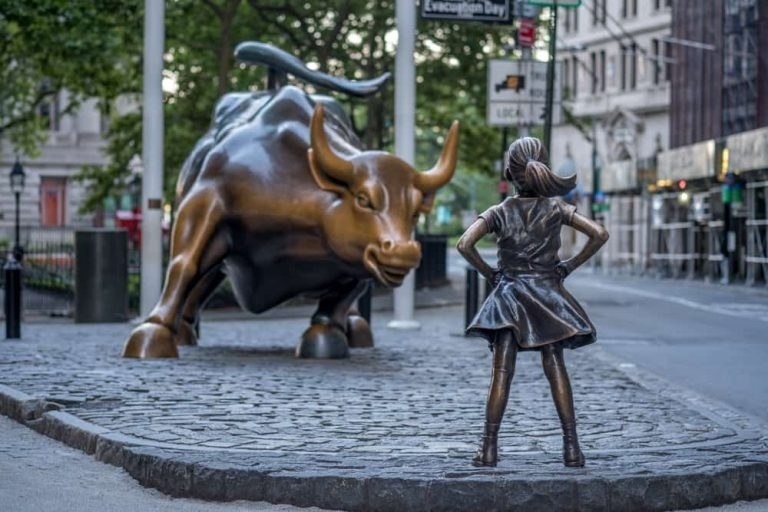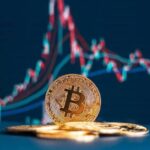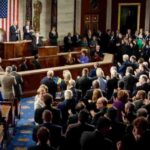Much of America seems to have been brought to a screeching stop by riots, protests, unemployment, and COVID-19. However, Wall Street’s significant recovery continues.
Pie Funds chief executive Mike Taylor is perturbed by all the chaos and social unrest of the past week in the US. He said that it is regrettable while speaking to nzherald.co.nz:
“But from a market’s perspective, it is not something that they see as affecting economic activity or having a long-term effect on the economy. So markets do tend to look through these kinds of events.”
In general, the surge in the US and global markets were fueled by optimism about progress from the lockdowns. However, there is still a major economic downturn to play out. Taylor said:
“You can’t underestimate how people feel from a mental perspective, just being able to go to a restaurant, to go and see their friends.”
The thought of incremental progress was forming an optimistic overview of the markets and economy at large.
As the world went into lockdown, New Zealand’s NZX-50 and US markets lost almost 30%. Since then, they have recovered massively. The NZX up and the US S&P500 now up 31% and 37% respectively from their March lows.
Experts think that both of these markets are now in bull markets territory. In the United States, the markets relied mainly on big tech companies like Netflix and Amazon. These tech stocks managed to lift the Nasdaq index by 40% from its March low towards its all-time high.
In New Zealand, a2 Milk and F&P healthcare contributed extensively in the strong rebound.
Stimulus Packages
Both New Zealand and the United States have had substantial stimulus packages. In New Zealand, the government provided a fiscal stimulus of almost $60 billion. Also, the Reserve Bank provided an additional $60 billion of monetary policy stimulus.
On the other hand, the US has had almost US$2.7 trillion of fiscal stimulus in addition to a monetary stimulus of $5.6 trillion.
Threats
The biggest threat to most economies around the world was the rapid spread of the health crisis. But, as markets recover, a second wave of the disease threatens to cripple economies. Taylor commented:
“That would be catastrophic for economies, and I think there would be many who would urge that we don’t have a second lockdown, even if we do have a surge in cases.”
If a second wave arises, it will finish off many businesses that are currently just hanging on. Although an economic downturn would eventually emerge with unemployment on the rise, everything was happening rapidly.
Unemployment surged at rates that would take years in normal market conditions. Thus, hopes were high that the recovery would also happen rapidly. The United States has recorded around 40 million jobless claims as the lockdown bites hard. Nonetheless, the ongoing claims were now about 21 million.
“So that implies that those jobs have come back or they’ve found other jobs for people who did lose their jobs. It’s still a huge number they have to contend with, but it is positive news.”
Geo-political risks are also coming into play. Although the markets are unaffected by domestic matters in the US, the growing tensions between China and the US remain real. Taylor says that these factors should not be underestimated.










